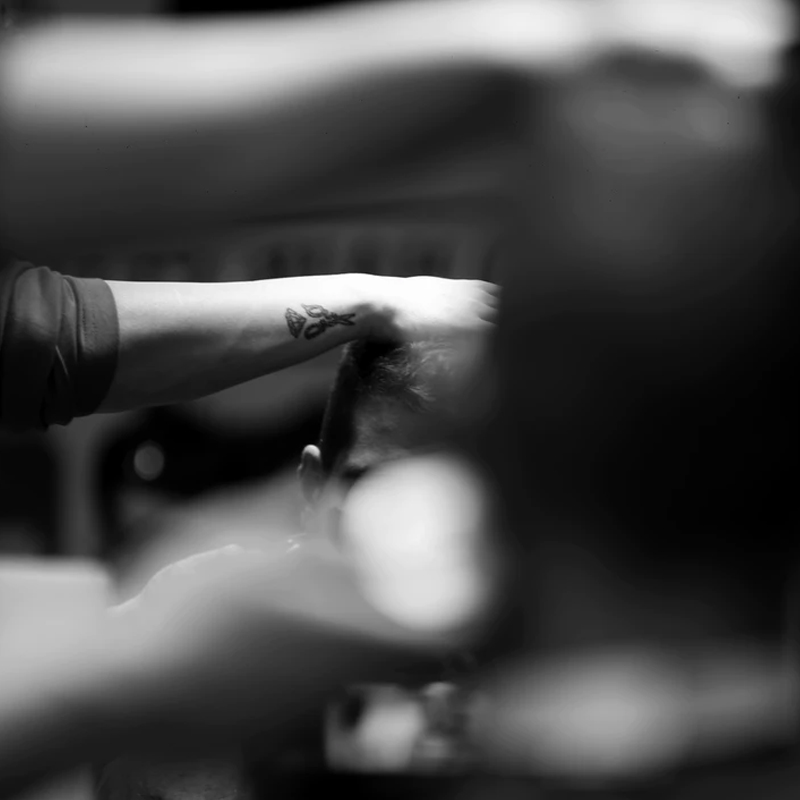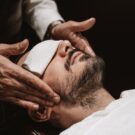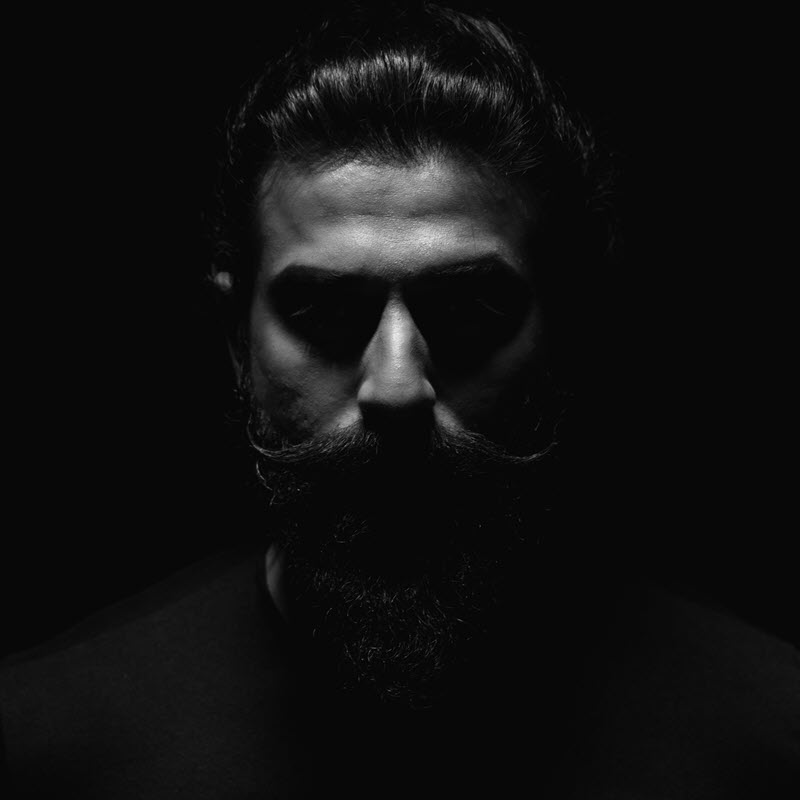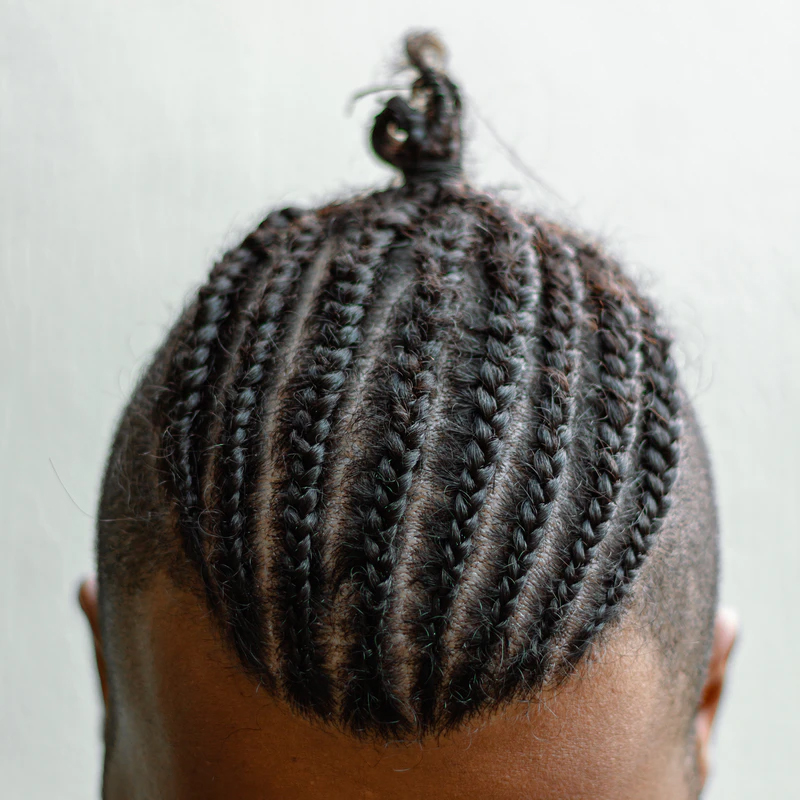
Sometimes keeping a healthy head of hair takes more than just dedication to a washing routine. In fact, sometimes regular washing can be counter-productive to the sleek healthy shine you seek.
Different types of hair require different levels of care, some require more product, some require less. Spotting the signs of damaged or unhealthy hair can help you negotiate better practices.
If you’d like the scientific explanation for this, our resident biologist Prof. C. H. Apandko had this to say,
“Your hair follicles contain glands called Sebaceous Glands which produce natural oil. This oil, Sebum works as a natural moisturiser, so keeping a good balance will give you healthier hair.
As we grow older, we produce less sebum, and our hair can become drier and curlier. This can be a double blow to your hair’s health, as drier curlier hair already presents a challenge for the sebum trying to reach the ends. With straight or wavy hair, sebum faces much less resistance”.
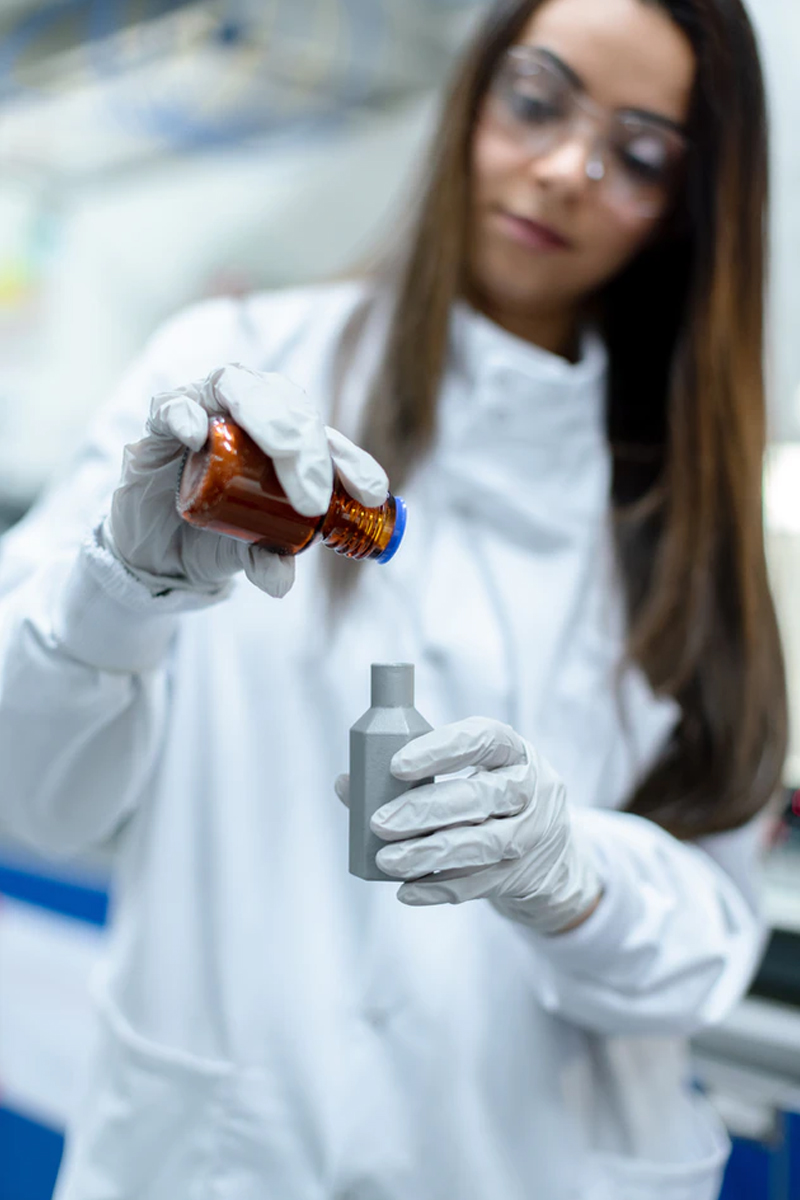
Thanks, Prof!
Spotting the Signs
The signs of damaged hair are usually quite easy to spot. A rough texture, lack of moisture, breakage or increased hair loss are all obvious signs that something is wrong. Less obvious, are hot spots from too much heat, dull appearance and reduced elasticity.
Prevention
Preventing these head horrors will very much depend on the issue and your hair type. For instance, you may just need to brush it less. Naturally curly hair naturally has less oil, as the Prof pointed out. Therefore, relentlessly brushing will cause damage.
For those with straight hair, you might find you need to shampoo it a little more. Finding a well-balanced shampoo that complements your natural oils will be the key here. Washing regularly with abrasive, harsh shampoos will do more damage than good.
With a large part of our client base and readership based in the Middle East and summer fast approaching, it’s going to get hot. Too much sun will almost certainly leave your hair as dry and arid as the Sahara. Long exposure to UVA and UVB rays will damage the cuticles, your hairs natural defence, leaving it colourless and brittle.

Repairing
Damaged hair is usually an easy fix. You could consider using colder water in your shower, this helps maintain a good balance of natural oil. When using conditioner, try leaving it in for two minutes and rinsing off with cold water.
Avoid blow drying – this is a number one cause of damaged hair, especially if your hair is naturally dry to start with. Equally, if you live somewhere with a hot and arid climate, remember just stepping out of your door is like stepping into a hair-dryers line of fire.
General Health
Sometimes your hair can be a great indicator for other issues going on around your body. If your hair isn’t responding to regular treatments, there may be an underlying health condition and you should speak to a doctor.

Lifestyle choices can affect the health of your hair. Eating the right foods will definitely put you in good stead, you can check our blog on the best diet for healthy hair by clicking here. Keeping exposure to the sun at a minimum and regular exercise can all do their part.
If you’d like professional advice from an expert, you can always count on your local Chaps & Co. We’ve a range of treatments, products and specialists on hand at every branch who’ll be more than willing to help.
Chaps & Co offer much more than just a haircut. For our full list of services, you can click here. For our locations, click here.

Sometimes keeping a healthy head of hair takes more than just dedication to a washing routine. In fact, sometimes regular washing can be counter-productive to the sleek healthy shine you seek.
Different types of hair require different levels of care, some require more product, some require less. Spotting the signs of damaged or unhealthy hair can help you negotiate better practices.
If you’d like the scientific explanation for this, our resident biologist Prof. C. H. Apandko had this to say,
“Your hair follicles contain glands called Sebaceous Glands which produce natural oil. This oil, Sebum works as a natural moisturiser, so keeping a good balance will give you healthier hair.
As we grow older, we produce less sebum, and our hair can become drier and curlier. This can be a double blow to your hair’s health, as drier curlier hair already presents a challenge for the sebum trying to reach the ends. With straight or wavy hair, sebum faces much less resistance”.

Thanks, Prof!
Spotting the Signs
The signs of damaged hair are usually quite easy to spot. A rough texture, lack of moisture, breakage or increased hair loss are all obvious signs that something is wrong. Less obvious, are hot spots from too much heat, dull appearance and reduced elasticity.
Prevention
Preventing these head horrors will very much depend on the issue and your hair type. For instance, you may just need to brush it less. Naturally curly hair naturally has less oil, as the Prof pointed out. Therefore, relentlessly brushing will cause damage.
For those with straight hair, you might find you need to shampoo it a little more. Finding a well-balanced shampoo that complements your natural oils will be the key here. Washing regularly with abrasive, harsh shampoos will do more damage than good.
With a large part of our client base and readership based in the Middle East and summer fast approaching, it’s going to get hot. Too much sun will almost certainly leave your hair as dry and arid as the Sahara. Long exposure to UVA and UVB rays will damage the cuticles, your hairs natural defence, leaving it colourless and brittle.

Repairing
Damaged hair is usually an easy fix. You could consider using colder water in your shower, this helps maintain a good balance of natural oil. When using conditioner, try leaving it in for two minutes and rinsing off with cold water.
Avoid blow drying – this is a number one cause of damaged hair, especially if your hair is naturally dry to start with. Equally, if you live somewhere with a hot and arid climate, remember just stepping out of your door is like stepping into a hair-dryers line of fire.
General Health
Sometimes your hair can be a great indicator for other issues going on around your body. If your hair isn’t responding to regular treatments, there may be an underlying health condition and you should speak to a doctor.

Lifestyle choices can affect the health of your hair. Eating the right foods will definitely put you in good stead, you can check our blog on the best diet for healthy hair by clicking here. Keeping exposure to the sun at a minimum and regular exercise can all do their part.
If you’d like professional advice from an expert, you can always count on your local Chaps & Co. We’ve a range of treatments, products and specialists on hand at every branch who’ll be more than willing to help.
Chaps & Co offer much more than just a haircut. For our full list of services, you can click here. For our locations, click here.

